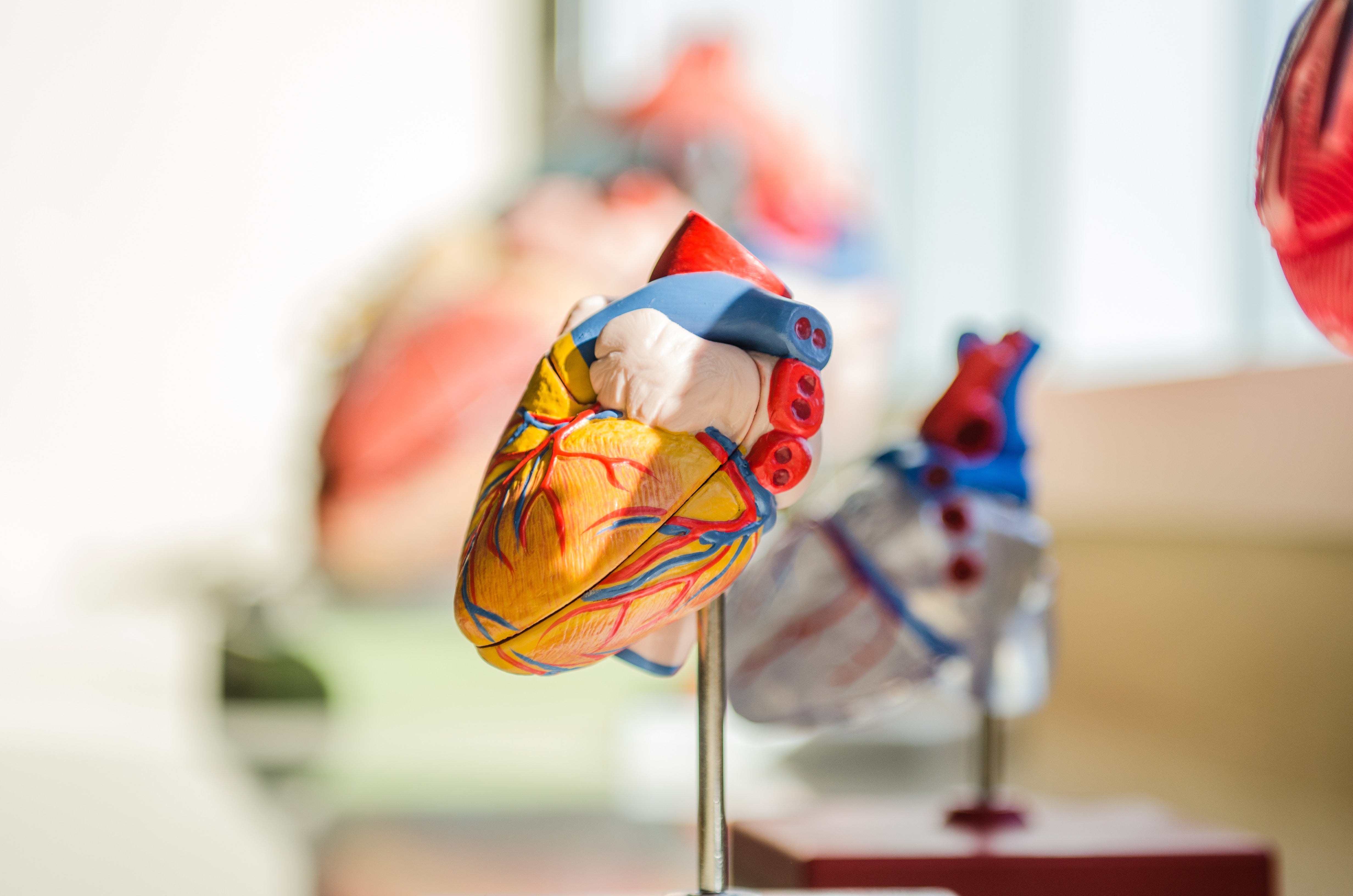What Is Severe Aortic Stenosis & Why Regular Check-Ups Are Important For A Healthy Heart
Some symptoms of severe aortic stenosis include chest pain, dizziness, and shortness of breath.
Did you know a healthy heart beats around 100,000 times a day?
Each time your heart beats, it pumps blood through four chambers of the heart to the rest of the body.
But before blood leaves the heart, it needs to pass through the aortic valve, which has leaflets that open and close to control the flow of blood. When the aortic valve stops functioning as it should, it means less blood can flow through, forcing your heart to have to work harder.
That's what happens when someone has severe aortic stenosis (narrowing).
According to Datuk Dr Shaiful Azmi Yahaya, Head of Cardiology Department at Institut Jantung Negara, severe aortic stenosis is a major heart valve disease that, if left untreated, can cause heart failure and even death
"Severe aortic stenosis prevents your aortic valve leaflets from opening and closing properly. This makes your heart work harder to pump blood to the rest of your body. A diseased valve affects your health and limits your daily activities," said Dr Shaiful.
The thing about severe aortic stenosis is that it can often go unnoticed, and patients may continue to unknowingly live with the disease as it progresses.Severe aortic stenosis can affect anyone, but the at-risk age group is typically those 65 years old and above
Dr Shaiful says that common causes of severe aortic stenosis include age, calcium buildup, radiation therapy, and infection of the heart.
Symptoms of the disease include:
- Chest pain
- Dizziness
- Fatigue
- Shortness of breath
- Irregular heartbeat
The senior consultant cardiologist said the best way to treat severe aortic stenosis is to detect it early on. That's why regular heart check-ups are important, as early treatment can help severe aortic stenosis patients to alleviate their symptoms, resume their daily active lifestyles, and even prolong their lives.
Here are four possible treatment methods for severe aortic stenosis:
1. Medication
According to WebMD, there are no pills that can cure or improve severe aortic stenosis, but there are medications that can help control your symptoms. These include medicines that open your blood vessels, slow your heart rate, or lessen the amount of fluid in your body to ease the stress on your heart.
If your condition is mild, doctors may decide to start without medication and monitor how you're doing. You may also be encouraged to make lifestyle changes to improve your overall heart health, whether it's exercising, tweaking your diet, quitting smoking, or losing weight.
2. Balloon Valvuloplasty (BAV)
This procedure aims to repair your aortic valve by inflating a tiny balloon in the valve to improve blood flow. It is considered a minimally invasive procedure — the doctor will guide a catheter (thin tube) tipped with a deflated balloon through a cut in your groin into an artery and up to your heart.
Once there, the balloon inflates to stretch the narrowed aortic valve, allowing more blood to flow through. However, the treatment only provides temporary relief, and is recommended for people who can't have major surgery, or those waiting for another operation.
Datuk Dr Shaiful Azmi Yahaya, Head of Cardiology Department at Institut Jantung Negara
Image via Medtronic (Provided to SAYS)3. Surgical Aortic Valve Replacement (SAVR)
Open-heart surgery is done to remove the damaged aortic valve and replace it with an artificial valve. The replacement valve could be either mechanical or biological (tissue from animals or humans). While mechanical valves last longer, you'll need to take blood-thinning medicines perpetually, whereas biological valves need to be replaced after 10 or 15 years.
Since this is a major procedure, patients usually need to stay in the hospital for a week or more, before beginning a long period of recovery.
4. Transcatheter Aortic Valve Replacement (TAVR)
One of the newer approaches to tackling severe aortic stenosis, TAVR is less invasive and allows you to get a replacement valve without open-heart surgery. Similar to BAV, your doctor will make a small incision on your body (groin, neck, or chest), then insert a thin, flexible tube with an artificial valve into an artery.
The artificial valve is then guided up to your heart to replace your diseased aortic valve. After your procedure, you may spend a day or more in the intensive care unit (ICU), and another day or two in a patient room. However, most patients start feeling better right away, and can get back to everyday activities.
"Since it's less invasive, TAVR is often recommended for elderly patients with underlying conditions," said Dr Shaiful.
Over the years, the TAVR has grown in acceptance and has also proven to stand the test of time for patients like Puan Mek Naha. Since her implantation with a TAVR in 2015, the device has been functioning effectively in helping the 84-year-old address her aortic stenosis.
Puan Mek Naha said, "I have been enjoying better health since doing this implant eight years ago. I can continue doing the things I love and can enjoy my golden years with my loved one. Health certainly is wealth."
All in all, it's important to take care of your heart health
In conjunction with World Heart Day, which falls on 29 September, Medtronic encourages all Malaysians to take the necessary steps to protect their heart health.
From lifestyle changes like eating healthy and getting active, to quitting smoking and drinking in moderation, these are all practical things we can do to safeguard our physical wellbeing.
Schedule a heart checkup today or visit your doctor to learn more about severe aortic stenosis
The information provided is for educational and communication purposes only and it should not be construed as personal medical advice. Information published in this article is not intended to replace, supplant or augment a consultation with a health professional regarding the reader’s own medical care.




